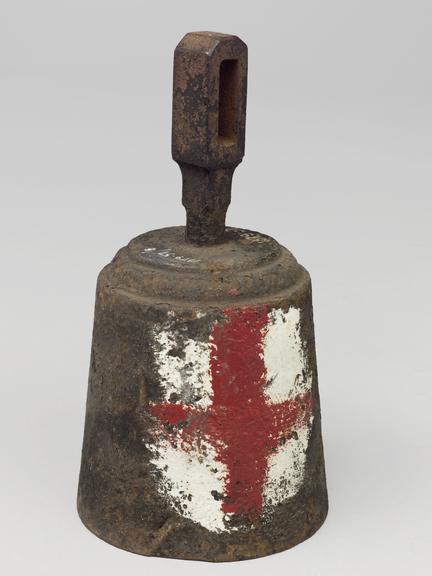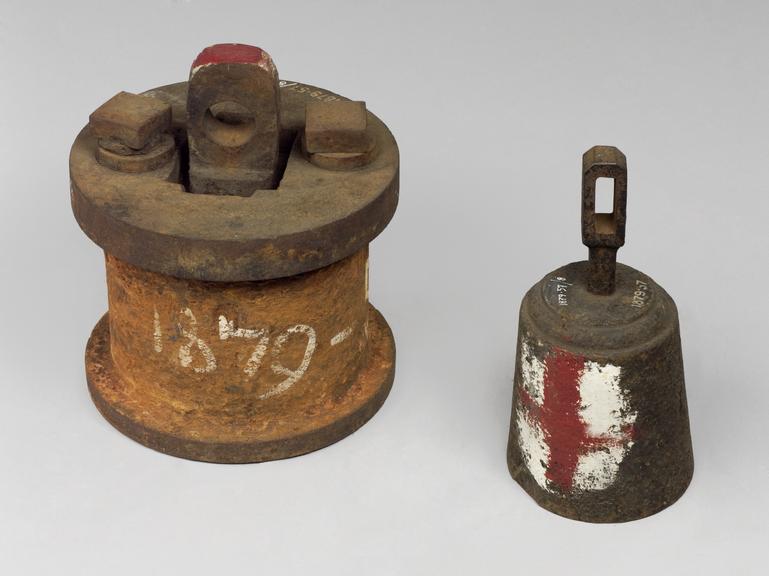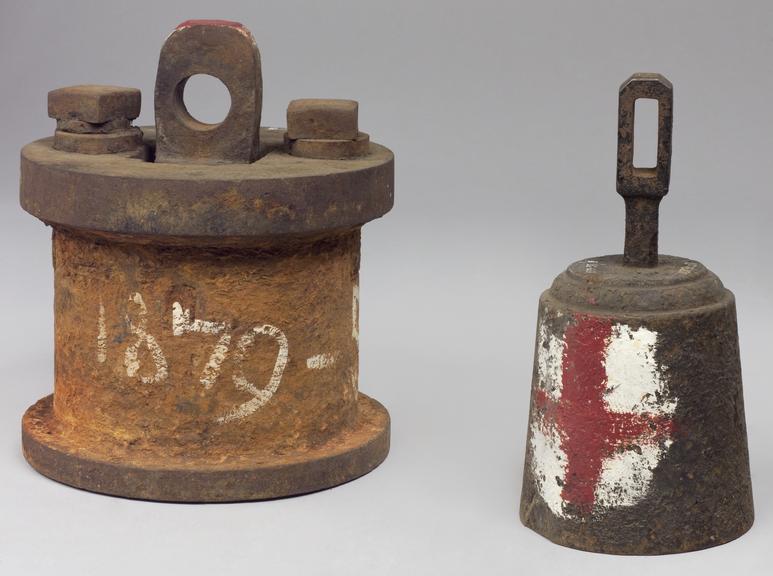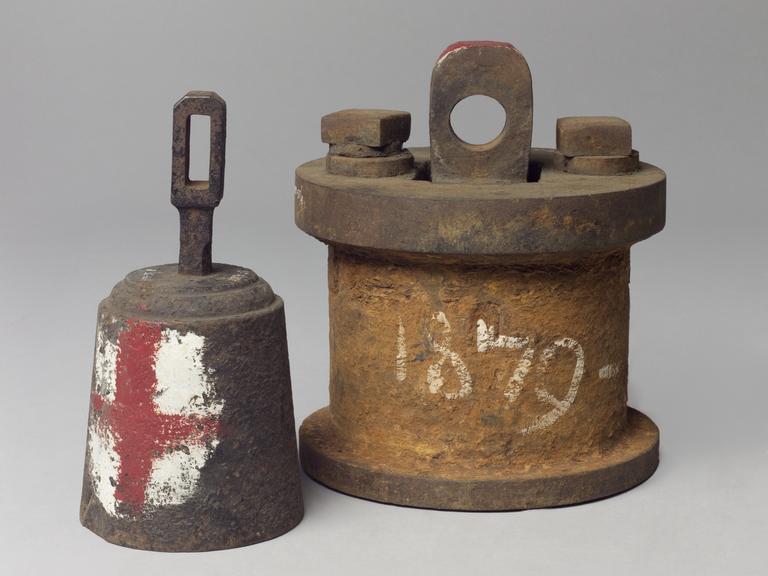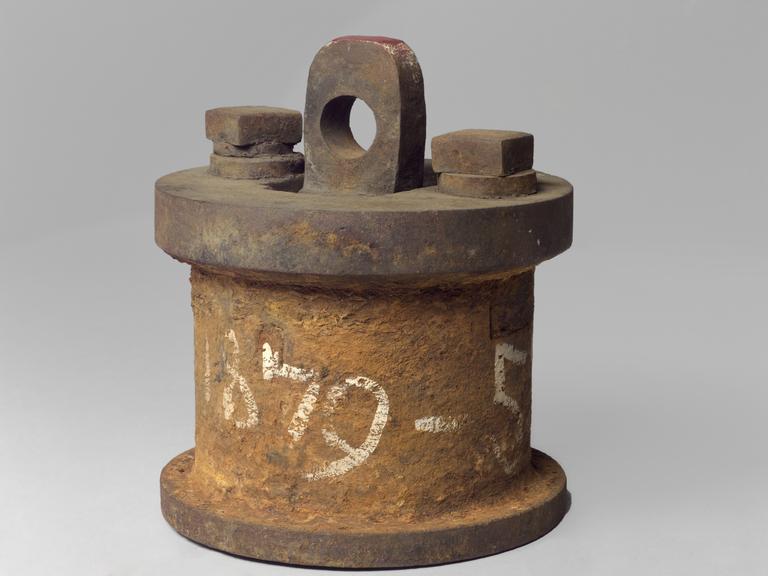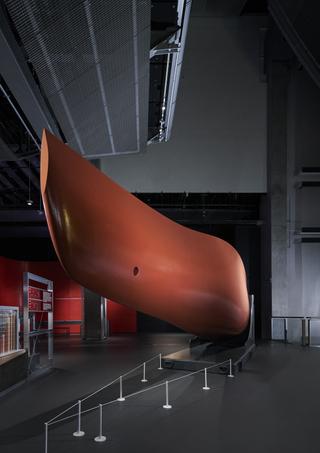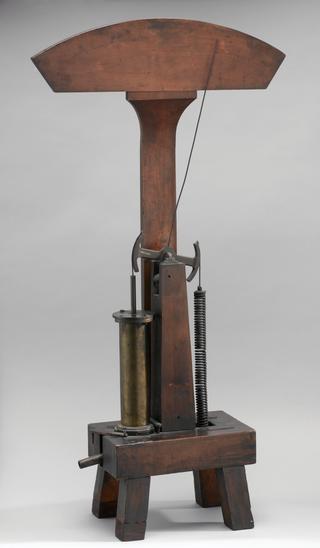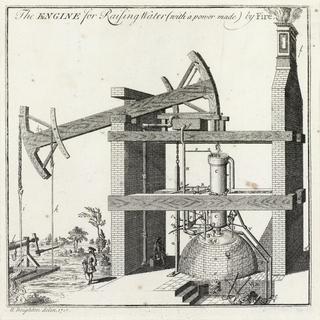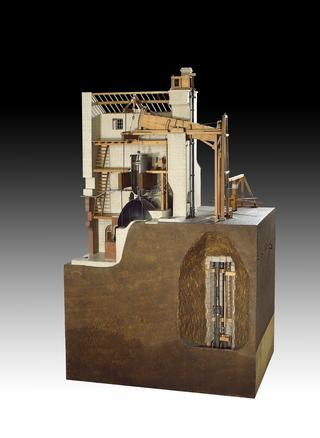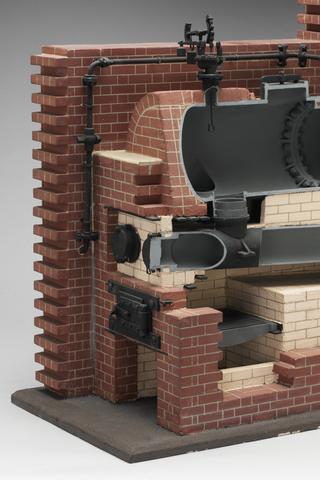Trevithick's patent 1802, high pressure steam engine, constructed at Hayle Foundry, 1811 for threshing purposes at Trewithen, Cornwall, in use till 1879
This was the first steam engine built for threshing corn, and is highly likely to be the earliest surviving agricultural steam engine anywhere. It was designed by Cornish engineer Richard Trevithick, and built at Hayle Foundry, Cornwall, for Sir Christopher Hawkins to use on his estate at Trewithen. The engine employed what Trevithick called ‘strong’ steam – that is, steam at high pressure, of around 50 pounds per square inch, as opposed to the 3 or 4 used on engines built by earlier engineers like James Watt. This allowed the engines to be built smaller and more compact for the same power output, or larger and more powerful, as exemplified by the engines erected on metal mines in Cornwall to pump water from deep beneath the surface to ground level.
In 1812, Trevithick was advertising engines like this one for threshing and grinding corn and sawing wood, and prepared drawings for such a machine to be self-propelled, pre-empting the thousands of steam-powered traction engines built by many companies which made a huge impact on transport and agriculture during the nineteenth and twentieth centuries.
The engine is ‘single-acting’, meaning that the steam when it enters the cylinder pushes the piston in only one direction, with a weight on the engine’s flywheel helping return the engine to the start of its stoke again. This simple design also allowed the engine to be used ‘expansively’ without introducing any complications to its design - that is, admitting steam to the cylinder for only part of its working stroke and then cutting the supply off, allowing the steam to exert a continued (but reducing) force of its own volition while reducing the amount of steam used per stroke. This principle became commonly applied to all engines working with high steam pressures, and was a major source of economy.
The engine worked until 1879 when it was exhibited by the Royal Agriculture Society Show in London in recognition of its pioneering status. After that, it was presented to the Science Museum. The engine thus had a long life – though note that as with all old engines, there is the possibility of replacement parts being present in place of worn-out originals. The boiler may be a replacement for the original, dated approximately 1854.

